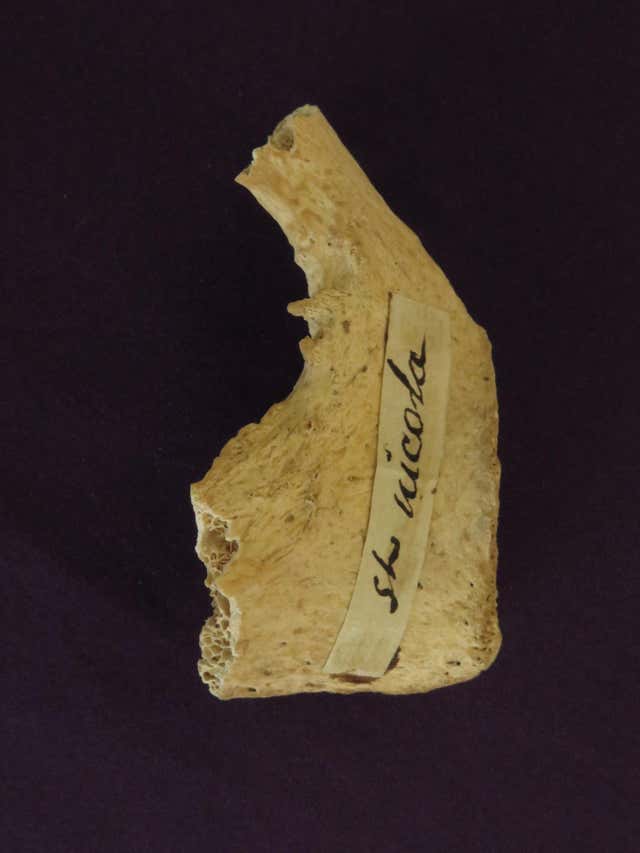Could bone fragment owned by American priest belong to Father Christmas?
Researchers radiocarbon tested the relic and here’s what they found…

A fragment of bone said to belong to the fourth-century saint who inspired the story of Father Christmas could indeed be from the legend himself, scientists have said.
Researchers at the University of Oxford radiocarbon tested the relic, long venerated as the bones of St Nicholas, and found it does date from the correct historical period.
While they cannot categorically prove they are from the Christian saint, the team said the results pinpoint the relic’s age to the fourth century AD – the time that some historians allege that St Nicholas died (around 343 AD).
“Many relics that we study turn out to date to a period somewhat later than the historic attestation would suggest,” said Professor Tom Higham, director of the Oxford Relics Cluster at Keble College’s Advanced Studies Centre.
“This bone fragment, in contrast, suggests that we could possibly be looking at remains from St Nicholas himself.”

According to legend, he was a wealthy man who was widely known for his generosity – a trait that inspired the story of Father Christmas as a bringer of gifts on Christmas Day.
Most of his remains have been held in the Basilica di San Nicola, in Bari, Italy, since 1087, where they are buried in a crypt beneath a marble altar – but over the years relic fragments have been acquired by churches around the world.
As many as 500 of St Nicholas’s bone fragments are believed to be held in Venice.
The bone analysed in Oxford – a pelvis fragment – is owned by Father Dennis O’Neill, of St Martha of Bethany Church, in Illinois, United States.

“We can do this using ancient palaeogenomics, or DNA testing.
“It is exciting to think that these relics, which date from such an ancient time, could in fact be genuine.”
But there may never be any way of knowing whether the bones really were from the real St Nicholas.
Professor Higham added: “Science is not able to definitely prove that it is, it can only prove that it is not, however.”





